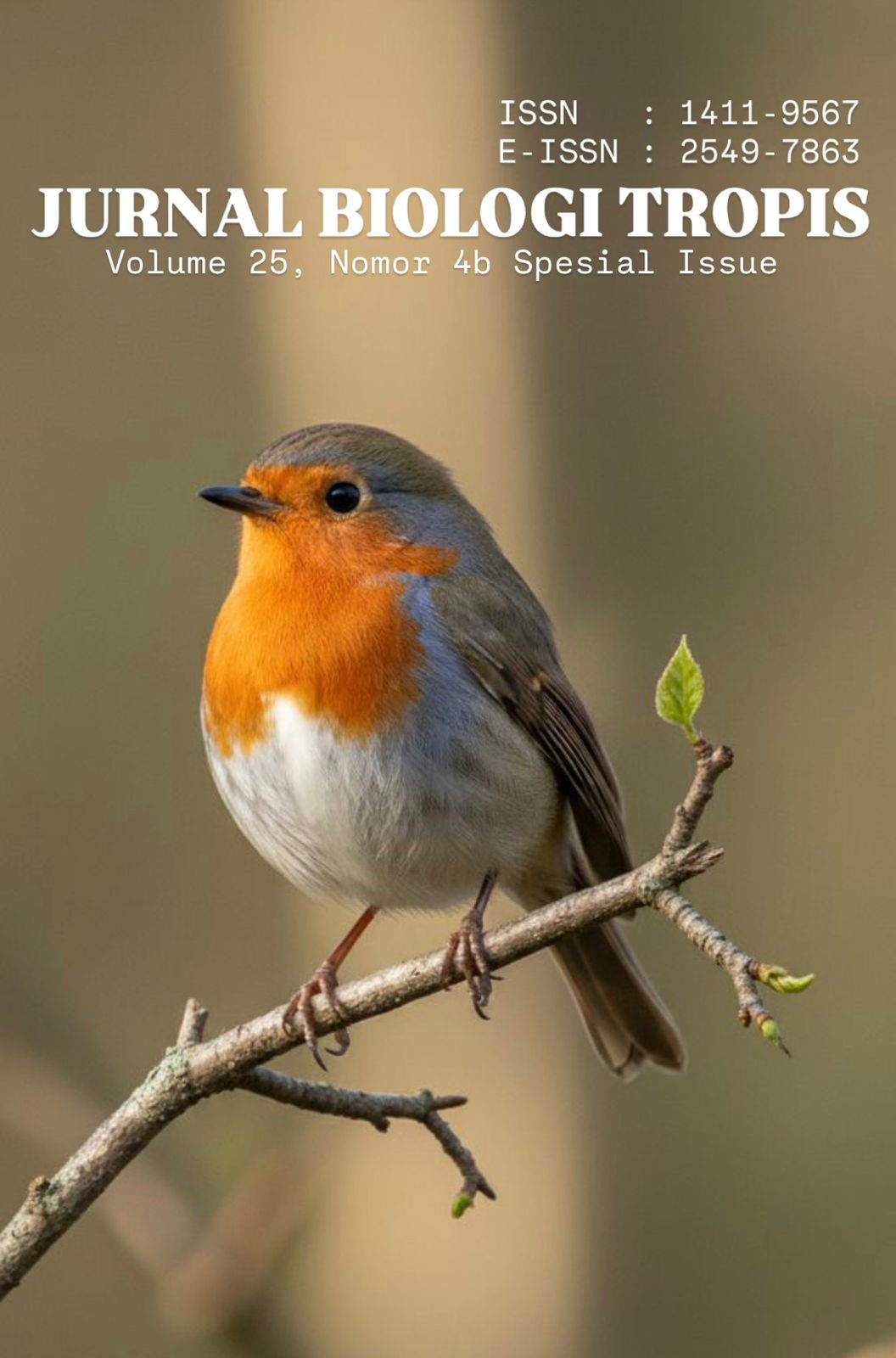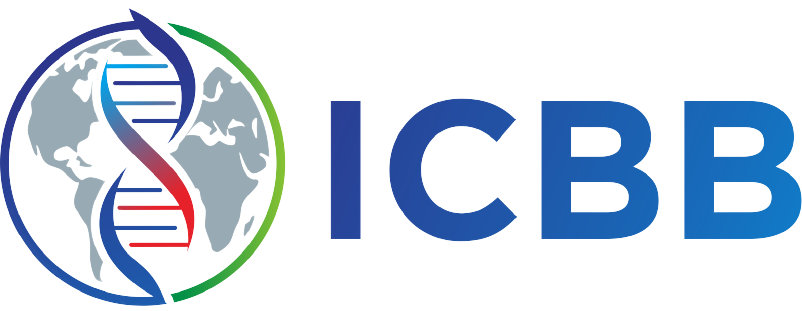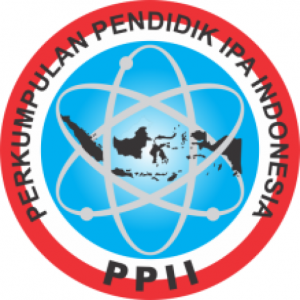Ratio of X And Y Spermatozoa in Ettawa Crossbred Goats Separated Using The Egg White Albumin Column Sedimentation Method
Authors
Aita Kurniawati , I Wayan Lanus Sumadiasa , Enny YulianiDOI:
10.29303/jbt.v25i4b.10283Published:
2025-11-03Issue:
Vol. 25 No. 4b (2025): Special IssueKeywords:
Egg white albumen, Sexing, Semen, PE GoatArticles
Downloads
How to Cite
Downloads
Metrics
Abstract
Reproduction is one of the important factors in efforts to increase livestock productivity, especially in breeding and genetic improvement programs. This sperm separation technique can be perforsmed using various methods, one of which is using an egg white albumin gradient medium that functions to separate spermatozoa based on differences in weight and speed of movement. This study aimed to determine the ratio of X and Y spermatozoa in Ettawa crossbred goats separated using the egg white albumen method. The material used in this study was fresh semen from PE goats. This study used a completely randomized design (CRD) with three egg white content treatments: (P1): 5% and 25%, (P2): 10% and 30%, and (P3): 15% and 35%. The parameters observed were the X and Y spermatozoa ratio, motility, and viability. Post-separation, in data analysis, the highest proportion of X and Y spermatozoa was found in treatment P2, namely 59.70±5.55% (X) and 40.30±5.55% (Y) in the upper layer and 40.40±6.89% (X) and 59.60±6.89% (Y) in the lower layer. The analysis results showed that the highest average percentage of PE goat spermatozoa motility was found in the top and bottom layers in the P2 treatment, namely (81.10 ± 1.37% and 80.50 ± 1.50%), and the lowest motility was found in the P3 treatment, namely (80.50 ± 1.50% and 79.90 ± 1.66%). In addition, the highest percentage of viability was found in the top and bottom layers in the P2 treatment, namely (82.40 ± 1.83% and 83.10 ± 1.66%). From the results of the study, it can be concluded that there is a significant difference in the ratio of X and Y spermatozoa in Ettawa crossbred goats with three treatments. P2 concentrations of 10% and 30% were proven effective for separating X and Y spermatozoa.
References
Agustian, M. F., Ihsan, M. N., & Isnaini, N. (2014). Pengaruh lama simpan semen dengan pengencer Tris aminomethan kuning telur pada suhu ruang terhadap kualitas spermatozoa kambing Boer. Jurnal Ternak Tropika, 15(2), 1-6. https://doi.org/10.21776/ub.jtapro.2014.15.02.1
Akhdiat, T. (2012). Proporsi spermatozoa Y hasil pemisahan dengan fraksi albumin telur dan lama penyimpanan semen domba lokál. Jurnal Ilmiah Ilmu Peternakan,15(2),1-6. https://doi.org/10.22437/jiiip.v15i2.1620
Andriani, A., et al. (2020). Penggunaan putih telur dalam sexing sperma pada ternak. Jurnal Ilmu Ternak dan Veteriner, 25(2), 45-51. https://doi.org/10.1002/9781119265306.ch30
Ariantie, O. S., Yusuf, T. L., Sajuthi, D., & Arifiantini, R. I. (2014). Effect of glycerol and dimethylformamide cryoprotectants on buck Ettawah crossbreed frozen semen using modified Tris diluents. JITV, 18, 239-250. https://doi.org/10.14334/jitv.v18i4.327
Arifiantini, R. I. (2012). Teknik koleksi dan evaluasi semen pada hewan. IPB Press. https://doi.org/10.1016/j.theriogenology.2008.01.006
Arifiantini, R. I., & Purwantara. (2010). Kaji banding kualitas semen kambing menggunakan pengencer dari berbagai Balai Inseminasi Buatan di Indonesia. Buletin Peternakan, 28, 53-61. https://doi.org/10.1002/9781119265306.ch7
Ardiansyah, Saili, T., & Rahadi, S. (2020). Kualitas semen kambing Peranakan Ettawa dengan penambahan lesitin kedelai dalam pengencer Tris aminomethane kuning telur pada penyimpanan suhu 3-5ºC. Jurnal Ilmiah Peternakan Halu Oleo, 2(1), 30-35. https://doi.org/10.56625/jipho.v2i1.11162
Dasrul, M. A., Yaman, & Zulfan. (2013). Pemisahan spermatozoa berkromosom X dan Y kambing Boer dan aplikasinya melalui inseminasi buatan untuk mendapatkan jenis kelamin anak sesuai harapan. Agripet, 13(1), 6-15. https://doi.org/10.17969/agripet.v13i1.546
Ducha, N., Susilawati, T., Aulanni’am, & Wahjuningsih, S. (2013). Motilitas dan viabilitas spermatozoa sapi Limousin selama penyimpanan pada refrigerator dalam pengencer CEP-2 dengan suplementasi kuning telur. Jurnal Kedokteran Hewan, 7(1), 5-8. https://doi.org/10.21157/j.ked.hewan.v7i1.555
Evans, G., & Maxwell, W. M. C. (2007). Salomon’s Artificial Insemination of Sheep and Goats (Butterworths Physiology 124:105-108). New Delhi: Publishing Co. [Note: Buku revisi lama].
Fajri, A., Isnaini, N., & Susilawati, T. (2018). Proporsi spermatozoa X dan Y kambing PE dengan metode pemisahan menggunakan putih telur. Jurnal Ilmu-Ilmu Peternakan, 28(2), 96-104. https://doi.org/10.21157/j.ked.hewan.v7i1.555
Garner, D. L., & Hafez, E. S. E. (2008). Spermatozoa and seminal plasma. In E. S. E. Hafez & B. Hafez (Eds.), Reproduction in Farm Animals (7th ed., pp. 227, 440-443). Philadelphia: Lea & Febiger. https://doi.org/10.1002/9781119265306.ch7
Hafez, E. S. E., & Hafez, B. (2008). X and Y chromosome-bearing spermatozoa. In E. S. E. Hafez & B. Hafez (Eds.), Reproduction in Farm Animals (7th ed., pp. 390-393). New Delhi: Blackwell. https://doi.org/10.1002/9781119265306.ch30
Hafizuddin, Karja, N. W. K., Praharani, L., & Setiadi, M. A. (2021). Breed and age effects on concentration of adiponectin and reproductive performance in Anglo-Nubian, Etawah Grade and its crossbred bucks. Biodiversitas, 22(3), 1112-1119. https://doi.org/10.13057/biodiv/d220305/1
Herliantien, D., & Sarastina, S. (2000). Pengaruh lama thawing terhadap kualitas semen beku kambing. Jurnal Ilmu Ternak, 5(1), 34-40. https://doi.org/10.21059/buletinpeternak.v39i3.7979
Hidayati, Arifiantini, R. I., & Sajuthi, D. (2015). Preservasi semen kambing Peranakan Ettawa dalam pengencer Tris dan sitrat kuning telur dengan penambahan sodium dodecyl sulphate. Jurnal Veteriner, 16(3), 334-342. https://ojs.unud.ac.id/index.php/jvet/article/view/16247
Ihsan, M. (2008). Pengaruh pendinginan terhadap abnormalitas spermatozoa kambing. Jurnal Peternakan, 11(2), 77-83. Retrieved from https://media.neliti.com/media/publications/99915-ID-pengaruh-pengencer-tris-aminomethane-kuning-tel.pdf
Inonie, R. L., Baa, L. O., & Saili, T. (2016). Kualitas spermatozoa kambing Boerawa dan kambing Kacang pada penggunaan Tris kuning telur yang berbeda. Jurnal Ilmu dan Teknologi Tropis, 3(1), 53-64. Retrieved from https://jurnal.fp.unila.ac.id/index.php/JIPT/article/download/7904/5289
Isnaini, N., Susilawati, T., & Nurhidayati, T. (2014). Efektivitas penggunaan putih telur dalam pemisahan spermatozoa X dan Y kambing. Buletin Peternakan, 38(3), 167-174. https://doi.org/10.13140/RG.2.2.31982.20803
Johnson, L. A. (2000). Sexing mammalian sperm for production of offspring: The state-of-the-art. Animal Reproduction Science, 60-61, 93-107. https://doi.org/10.1016/S0378-4320(00)00088-9
Kaka, A. (2010). Karakteristik dan daya fertilitas spermatozoa babi Peranakan Landrace. Jurnal Peternakan Indonesia. Retrieved from https://jpi.faterna.unand.ac.id/index.php/jpi/article/view/590
Kartasudjana, R. (2001). Teknik inseminasi buatan pada ternak. Jurnal Agroland, 16.
Purwono, E. (2016). Pengaruh suhu dan lama thawing semen beku sapi Limousin terhadap motilitas spermatozoa. Jurnal Triton, 7(1), 91-96. https://jurnal.polbangtanmanokwari.ac.id/index.php/jt/article/view/43
Rizal, M. (2022). Kualitas spermatozoa kambing Peranakan Boer yang dipreservasi dengan pengencer air kelapa muda dan ekstrak daun kelor. Jurnal Ilmu dan Industri Peternakan, 8(2), 142-151. https://doi.org/10.24252/jiip.v8i2.31712
Rizal, M., Sulistiowati, D., Sulaiman, A., Herdis, & Sangadji, I. (2016). Daya hidup spermatozoa epididimis kambing Peranakan Ettawa yang dipreservasi dengan pengencer Tris dan berbagai konsentrasi maltosa. Jurnal Sain Veteriner, 34(1), 122-129. https://jurnal.ugm.ac.id/jsv/article/view/22824/15145
Saili, T., La Ode Nafiu, L. O. B., Rahadi, S., Napirah, A., & Sura, I. W. (2017). Efektivitas sinkronisasi estrus dan fertilitas spermatozoa hasil sexing pada sapi Bali di Sulawesi Tenggara. Jurnal Veteriner, 18(3), 353-359. https://doi.org/10.19087/jveteriner.2017.18.3.353
Seidel, G. (2010). Current status of sexed semen technology. In J. Dairy Sci. (E-Suppl. 1, 93), 887. https://pubmed.ncbi.nlm.nih.gov/24680061/
Suryati, T., Astawan, M., & Wresdiyati, T. (2004). Sifat fisik daging domba yang diberi perlakuan stimulasi listrik voltase rendah dan injeksi kalsium klorida. Media Peternakan, 27(3), 101-106. https://doi.org/10.21059/buletinpeternak.v27i3
Suteky, T., Kadarsih, S., & Novitasari, Y. Y. (2015). Pengaruh pengencer susu skim dengan sitrat kuning telur dan lama penyimpanan terhadap kualitas semen kambing persilangan Nubian dengan Peranakan Ettawa. Jurnal Sain Peternakan Indonesia, 3(2), 81-88. https://doi.org/10.31186/jspi.id.3.2.81-88
Susilawati, T. (2011). Spermatologi. UB Press.
Yuliani, E. (2020). Produksi anak sapi secara masal melalui seleksi spermatozoa pembawa kromosom X dan Y serta aplikasi fertilisasi in vitro. Oryza, 1(3), 9-16. https://eprints.unram.ac.id/38158/1/Ekspresi%20protein.pdf
Yuliani, D. (2020). Pemisahan spermatozoa dengan metode albumin pada kambing PE. Jurnal Ilmu Peternakan, 9(1), 33-40. https://doi.org/10.26740/lenterabio.v10n2.p207-212
Yuliani, E., & H. Y. Lukman. (2013). Aplikasi sperma sexing berbasis antioksidan terhadap kualitas dan integritas membran serta daya fertilitas induk sapi Bali. Seminar Nasional Teknologi Peternakan dan Veteriner 13, 25-30. http://eprints.unram.ac.id/id/eprint/37884
License
Copyright (c) 2025 Aita Kurniawati, I Wayan Lanus Sumadiasa, Enny Yuliani

This work is licensed under a Creative Commons Attribution 4.0 International License.

Jurnal Biologi Tropis is licensed under a Creative Commons Attribution 4.0 International License.
The copyright of the received article shall be assigned to the author as the owner of the paper. The intended copyright includes the right to publish the article in various forms (including reprints). The journal maintains the publishing rights to the published articles.
Authors are permitted to disseminate published articles by sharing the link/DOI of the article at the journal. Authors are allowed to use their articles for any legal purposes deemed necessary without written permission from the journal with an acknowledgment of initial publication to this journal.


























